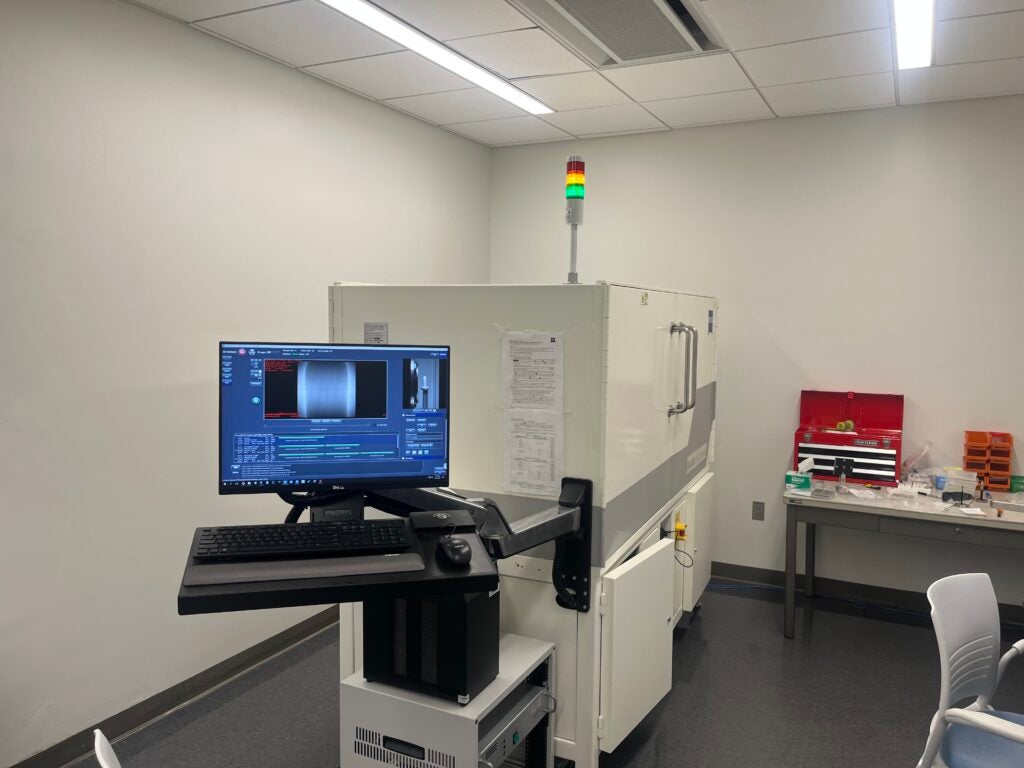3D X-ray microscopy, also known as X-ray computed tomography or X-ray microtomography, is a non-destructive imaging technique that uses X-rays to produce three-dimensional images of the internal structure of samples at high resolution. It is a powerful tool for materials science, biology, and engineering applications.
XRM works by rotating a sample while taking a series of X-ray images at different angles. These images are then used to reconstruct a 3D image of the sample using specialized software. The resulting image provides information about the internal structure and composition of the sample, including its density, morphology, and distribution of phases.
XRM can be used to scan a wide range of samples, including materials such as metals, ceramics, polymers, and composites, as well as biological samples such as tissues, cells, and organisms. The technique is particularly useful for studying complex materials and samples that are difficult or impossible to section or prepare for traditional microscopy techniques.
Instrument : Zeiss Xradia Versa 610 XRM for non-destructive 3D imaging of specimens. Absorption and phase propagation contrast, large area image stitching. In situ temperature, tensile and compression testing. Maximum spatial resolution 500 nm. For details and examples visit the Zeiss webpage.
Location : Fascitelli Center for Advanced Engineering, Suite 051, 2 East Alumni Avenue, Kingston, RI 02881.
Instrument Manager : Matthew Cabral [Email: matthew.cabral@uri.edu]. Contact engimg@etal.uri.edu for instrument reservation.
Office: Fascitelli Center for Advanced Engineering, 2 East Alumni Avenue, Lower level suite 084, Kingston, RI 02881.
Contact engimg@etal.uri.edu for instrument reservation.
The use of the facility must be acknowledged in any publications by including the following text in the Acknowledgements section: “The XRM data was acquired at the RI Consortium for Nanoscience and Nanotechnology, a URI College of Engineering core facility partially funded by the National Science Foundation EPSCoR, Cooperative Agreement #OIA-1655221.”

